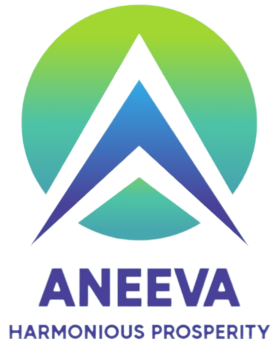Carbon Offset Additionality
(Carbon Offset Additionality) In a world grappling with the devastating impacts of climate change, carbon offsets have emerged as a crucial tool in the fight to reduce greenhouse gas emissions. But what exactly are carbon offsets, and why is the concept of additionality so critical to their effectiveness? Let’s delve into the intricate details of carbon offset additionality and explore how it plays a vital role in ensuring the credibility and impact of carbon offset projects.
What is Additionality?
Additionality is a fundamental concept in the world of carbon offsets. It refers to the principle that the emission reductions from a carbon offset project must be “additional” to what would have happened in the absence of the project. In other words, the project should result in a net decrease in greenhouse gas emissions that wouldn’t have occurred otherwise.
Why Additionality is Crucial
The concept of additionality ensures the environmental integrity of carbon offset projects. Without additionality, there’s a risk that projects would simply be “business as usual” activities that would have occurred anyway, thus failing to deliver real climate benefits.
Types of Additionality
Financial Additionality
- This means the project would not have been financially viable without the revenue from selling carbon offsets.
Regulatory Additionality
- The project should not be mandated by any existing regulations or laws.
Technological Additionality
- The project should introduce new technologies that are not common practice in the region.

Additionality and Market Impact
Impact on Carbon Markets
Additionality plays a key role in determining the credibility and value of carbon offsets in the market. Projects with proven additionality are more likely to attract buyers and command higher prices.
Pricing of Carbon Offsets
Offsets from projects that demonstrate high levels of additionality often fetch premium prices due to their perceived higher environmental integrity.
Market Demand and Supply Dynamics
The demand for high-quality carbon offsets with proven additionality is increasing as more companies commit to net-zero emissions. This has led to a growing market for carbon offsets and has driven innovation in project development.
Future of Additionality
Evolving Standards and Guidelines
As the carbon offset market matures, standards for additionality are likely to become more stringent and harmonized across different certification bodies.
Technological Advances
Advances in technology, such as improved monitoring and verification tools, will make it easier to demonstrate and verify additionality in carbon offset projects.
Policy and Regulation Changes
Government policies and international regulations will continue to evolve, potentially requiring higher levels of additionality and transparency from carbon offset projects.
Challenges in Proving Additionality
Financial Barriers
Proving financial additionality can be challenging as it requires detailed financial analysis and transparency from project developers. Without clear financial records, it’s difficult to demonstrate that the project wouldn’t be feasible without carbon offset revenues.
Regulatory Challenges
Projects must navigate a complex web of regulations to prove they are not merely complying with existing laws. This requires thorough legal analysis and documentation.
Technological Hurdles
Introducing new technologies is often costly and risky. Proving technological additionality involves demonstrating that the project is a pioneer in adopting innovative solutions that are not yet widely used.
The Role of Certification Standards
Importance of Certification
Major Certification Bodies
Certification ensures that carbon offset projects meet rigorous standards for additionality and environmental impact. Certified projects are more credible and trusted by consumers and investors.
Verified Carbon Standard (VCS)
- VCS is one of the largest and most recognized certification bodies for voluntary carbon offset projects, ensuring high standards of additionality and transparency.
Gold Standard
- Known for its stringent criteria, the Gold Standard ensures that projects deliver social and environmental benefits beyond carbon reductions.
Clean Development Mechanism (CDM)
- The CDM, established under the Kyoto Protocol, allows emission reduction projects in developing countries to earn certified emission reduction credits.
Frequently Ask Questions
- What is the difference between carbon offset and carbon credit?
Carbon offsets represent the reduction of emissions through projects that would not otherwise occur, while carbon credits are tradable certificates that allow the holder to emit one ton of CO2.
2. How can individuals contribute to additionality?
Individuals can contribute by purchasing carbon offsets from projects with proven additionality, supporting policies that promote additionality, and advocating for transparency in the carbon offset market.
3. What are some examples of non-additional projects?
Examples of non-additional projects include those that are already financially viable without carbon offset funding, or projects mandated by existing regulations.
4. How do certification standards ensure additionality?
Certification standards ensure additionality by requiring rigorous assessments, independent verification, and adherence to established criteria that verify the genuine impact of carbon offset projects.
5. Can additionality be achieved in all types of projects?
While additionality can be achieved in various projects, it is often easier in projects that involve new technologies or activities that are not yet widespread in the industry or region.
